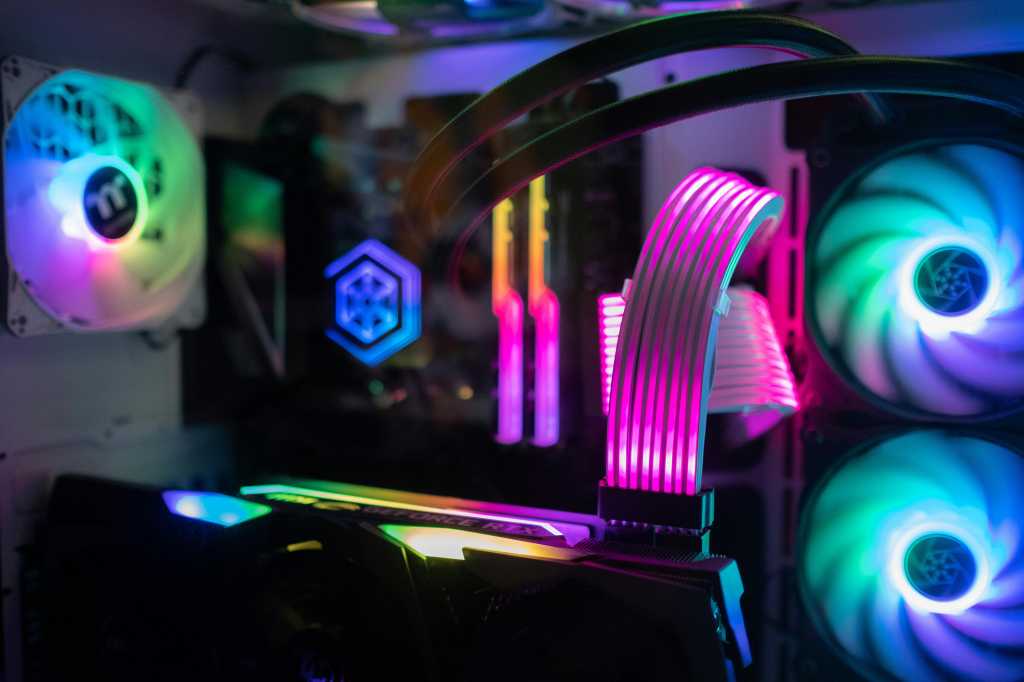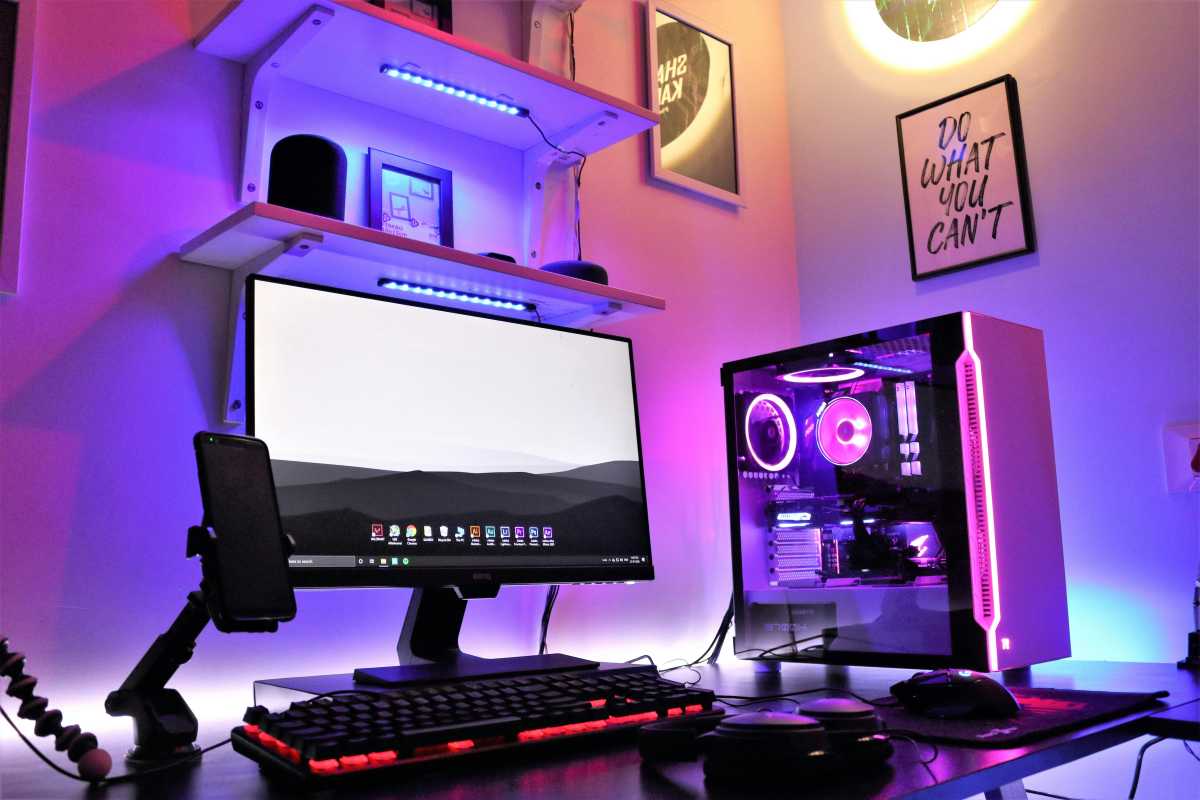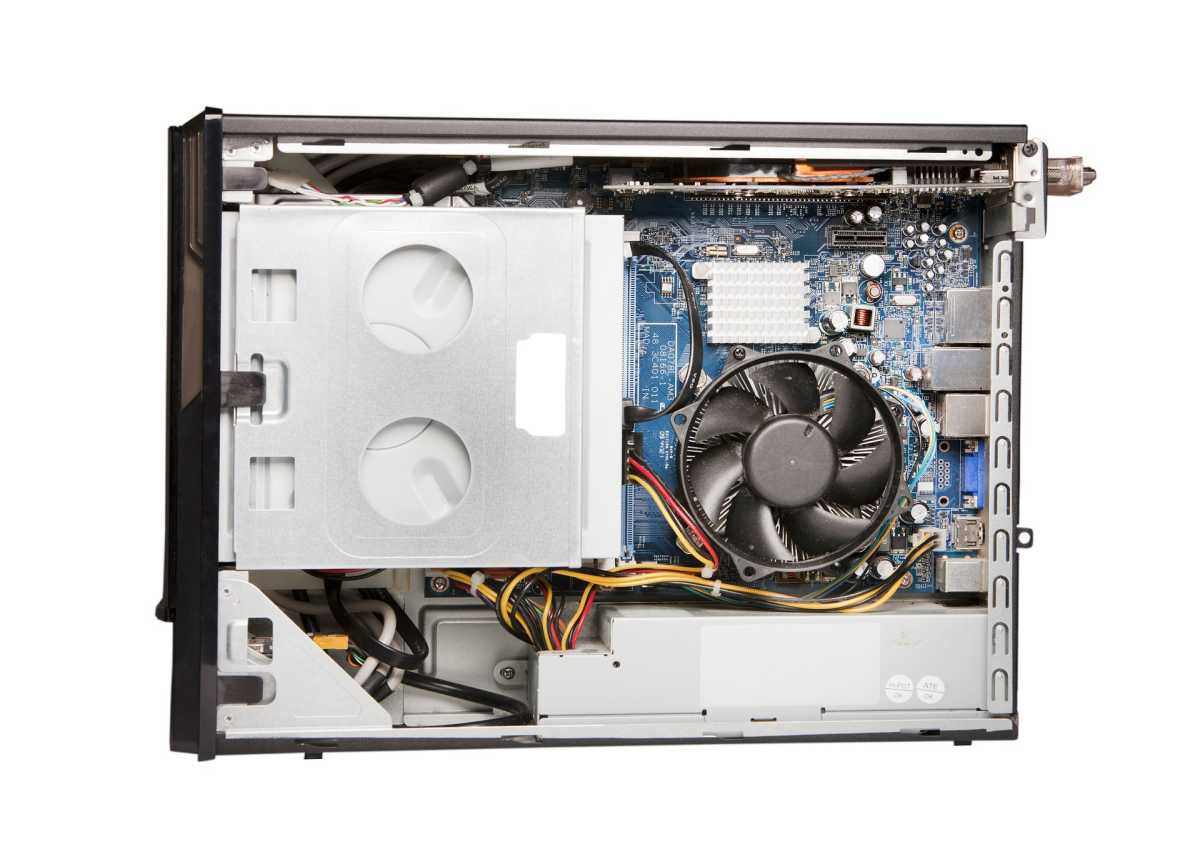## My PC Was Rainbow-tastic… Now It’s Just Traumatic: Confessions of an RGB Convert
Remember that feeling of pure joy when you first built your dream gaming PC? The satisfying click of parts connecting, the whir of the fans, and the dazzling glow of, well, EVERYTHING? Yep, we all fell for it. The RGB hype was real, folks. We splashed out on shimmering RAM, glowing GPUs, and keyboards that seemed to belong in a disco. But like the fleeting nature of a rave, the initial excitement faded. Now, a weary soul (me!) is here to confess: RGB was a mistake. A glorious, expensive mistake.

The AI Experiment: A Lesson in Knowing Thyself
The AI Craze: Chasing the Next Big Thing

The technology world is abuzz with artificial intelligence (AI), and it’s easy to get swept up in the excitement. The allure of cutting-edge technology is undeniable, promising a future of incredible advancements and possibilities. From self-driving cars to personalized medicine, AI seems poised to revolutionize every aspect of our lives. It’s no wonder that many, like myself, are eager to explore this new frontier.
This eagerness can sometimes lead to overzealous pursuit of the latest trends, creating a phenomenon I like to call the “hobby cycle.” I tend to gravitate towards new and exciting technologies, diving headfirst into a new hobby only to lose interest after a few months. This cycle has played out with everything from 3D printing to cryptocurrency, and my recent foray into AI was no exception.

A Case Study in Bottlenecks: The AI PC’s Limitations
Fueled by this “hobby cycle,” I decided to build a dedicated PC for AI applications. I envisioned myself coding sophisticated algorithms, experimenting with generative models, and pushing the boundaries of what’s possible with this revolutionary technology. However, my enthusiasm led me to make a critical oversight: I built a PC that was optimized solely for AI, neglecting the importance of versatility and future-proofing.
My chosen components, while sufficient for running basic AI workloads, proved woefully inadequate for other tasks. The CPU Conundrum: I opted for an AMD Ryzen 5 2400G, a budget-friendly processor with a base clock speed of 3.6GHz. While adequate for AI tasks, this CPU severely bottlenecked my gaming performance. Games with demanding graphics requirements struggled to maintain a playable frame rate, rendering my expensive RTX 3090 practically useless.
The RAM Restrictions: My PC was equipped with a meager 8GB of RAM. While sufficient for AI tasks, this limited my multitasking capabilities. Running multiple applications simultaneously, such as a browser, a code editor, and an AI training program, resulted in sluggish performance and frequent system slowdowns.
The PSU Predicament: My power supply unit (PSU) was woefully underpowered, barely able to handle the demands of the RTX 3090. This limited my ability to upgrade components in the future, further restricting the PC’s potential.

The Power of Adaptability: Building for the Future
My AI PC experiment was a valuable learning experience, highlighting the importance of building a versatile and adaptable system. Here are some key takeaways:
Importance of Balanced Hardware Specs
Building a PC solely for one purpose, while tempting, can lead to limitations and bottlenecks. It’s crucial to strike a balance between components, ensuring that they complement each other and can handle a range of tasks.

Embracing Versatility: Creating a PC That Grows With You
Invest in components with future-proofing in mind. A more powerful CPU, ample RAM, and a robust PSU will allow you to upgrade and expand your system as your needs evolve.
Avoiding the Pitfalls of Specialization
Resist the urge to over-specialize your hardware. While a dedicated AI PC may seem appealing, consider the long-term implications. A versatile system will provide greater flexibility and value over time.

Conclusion
So, is RGB gaming gear a trap? While PC World’s article offers a compelling argument for buyers’ remorse, ultimately, the answer is subjective. It boils down to individual priorities and values. RGB lighting undeniably adds a visual flair to your setup, transforming it into a mesmerizing spectacle. However, the article rightly points out the inflated prices, questionable performance impact, and the potential for distraction that often accompany this colorful allure.

